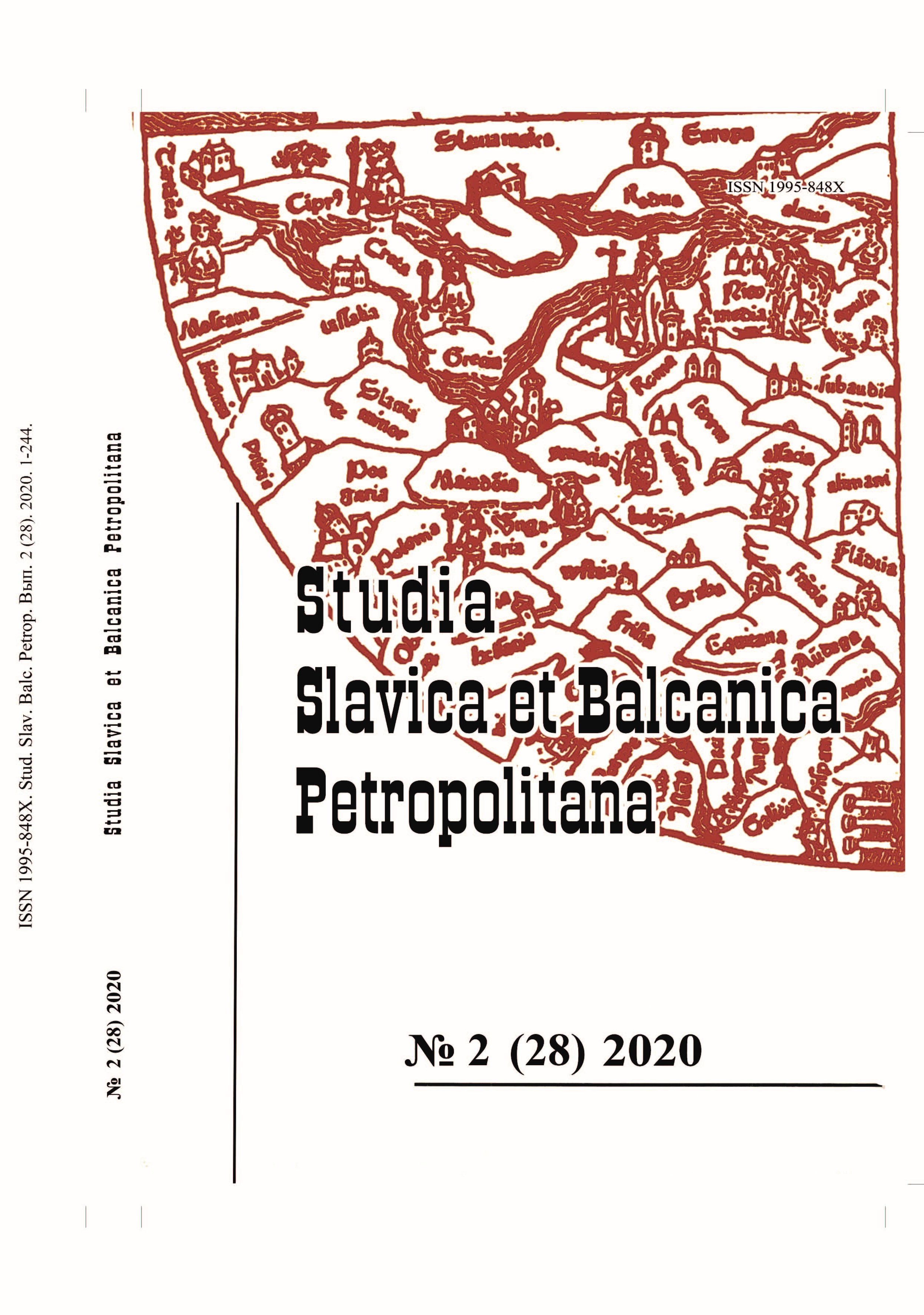«Местные алтари» — уникальное явление греко-католической Церкви Беларуси (конец XVII – начало XIX в.)
«Local altars» ― a unique phenomenon of the Greek-Catholic church in Belarus (late 17th – early 19th centuries)
Author(s): Halina Aljaksandrawna Flikop-SvitaSubject(s): Fine Arts / Performing Arts, Cultural history, Visual Arts, Local History / Microhistory, 17th Century, 18th Century, 19th Century
Published by: Издательство Исторического факультета СПбГУ
Keywords: «local altar»; the iconostasis; the lower rank of the iconostasis; the Greek Catholic Church; the throne; the local icon;
Summary/Abstract: The article discusses the unique cultural and religious phenomenon which was formed and existed for about a century and a half in the Greek Catholic (Uniate) Church of the Rzeczpospolita — altars, included in the iconostasis. To denote these sacred objects in the Uniate records of the 18th century, as it became known from numerous researched historical documents, the Polish-language term «ołtarze namiesne» («local altars») was used. «Local altars» was created with the setting of the throne to the icons of the local (lower) rank of the iconostasis — hence the name. Their occurrence is related to the adoption of Uniate religious practices, which was originally preserved in the Eastern Christian rites, the Western-Christian traditions. «Local altars» is an alternative to the traditional Catholicism of the side wall of the altars. In liturgical practice they were used with the same purpose — they can serve custom-made mass, but in manufacturing it was more simple and budget method: it was necessary only to put the throne to the iconostasis under the local icon. With time, formed a way of creating iconostases originally included in them aedicules — architecturally designed niches for local icons, which visually resembled the traditional architectural retablo altars. With the abolition of the Uniate Church in 1839 temples were converted to Orthodoxy, and all attributes of Catholicism were dismantled. Up to the present time on the territory of Belarus has no surviving full «local altar» with the throne. The study was conducted on the basis of historical documents of the late 17th – early 19th centuries with descriptions of nearly two thousand parish, branch, monastery and Cathedral Greek-Catholic churches in Belarus. It was found that by 1676 the practice of using «local altars» already existed, as evidenced by the revealed date of creation of the only preserved in Belarus, Uniate iconostasis with aedicules from the Church of Assumption monastery in Zhirovichi village, Slonim district of Grodno region. Thus, the «local altars» to the last quarter of the 17th century became the Uniate practice, where it was used until the early 19th century. Due to the complete loss of the artifacts to date, this sacred phenomenon in the Greek-Catholic churches in Belarus was not known.
Journal: Петербургские славянские и балканские исследования
- Issue Year: 2020
- Issue No: 2 (28)
- Page Range: 159-178
- Page Count: 20
- Language: Russian

